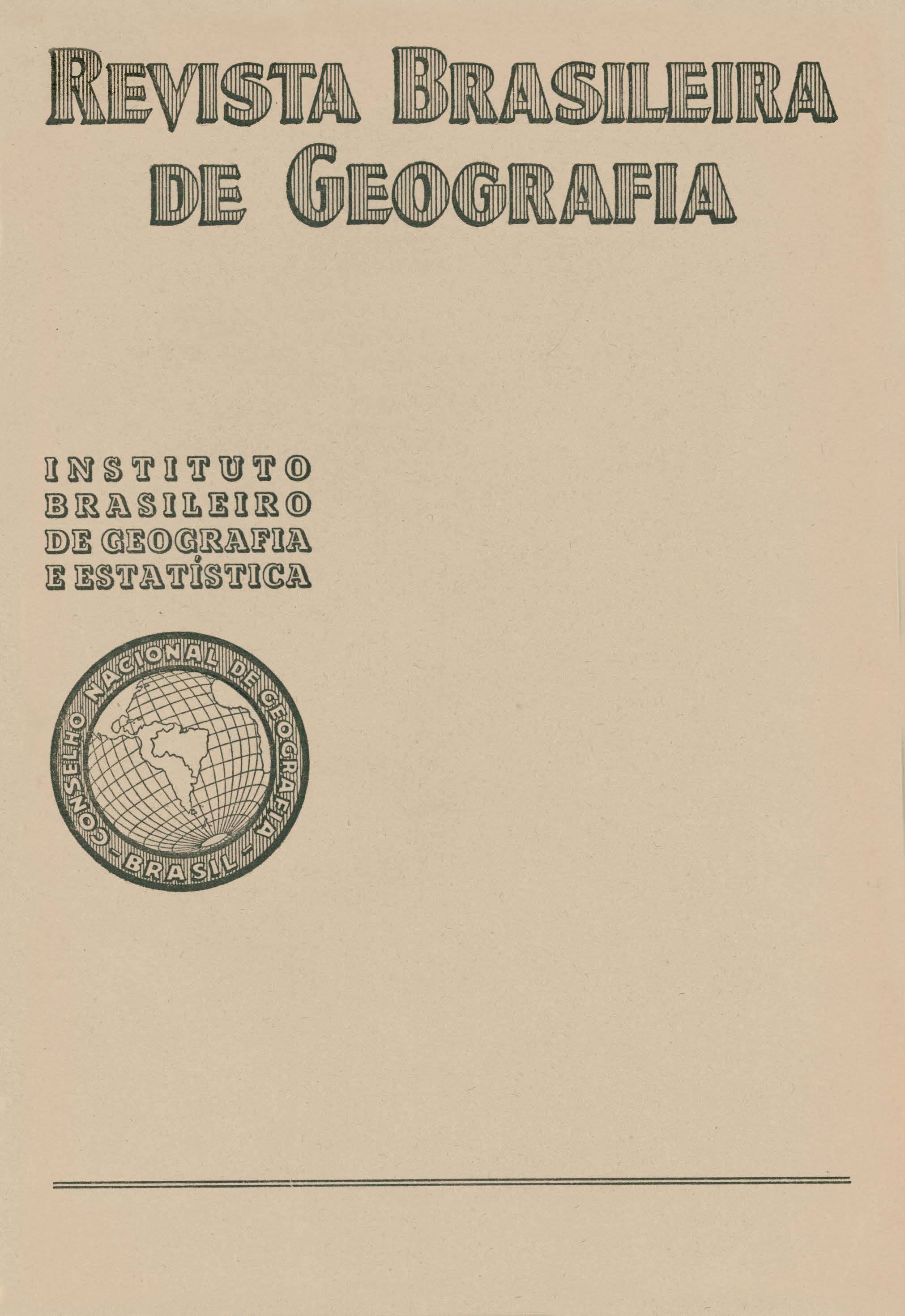Geografia dos transportes no Brasil : último capítulo
Abstract
In ending his writing on Geography of Transportation in Brazil Engineer Moacir Silva, Techinical consultant, National Council of Geograhy, submits the chapter Density of Transports.
After dealing with the close relations hips between geography and statistics he defines what density is in transportation and classifies it as: - density in space, or density properly speaking (static, dynamic and kinematic), and in time, or intensity (the present time - intensity properly speaking, and from the pas to the present, or development of transportation), A density is static if it relates to the area; it is dynamic if dealing with the total population, and kinematic. or isotopic if it expresses the (average) distantce from the centres of population to the transportation routes.
Taking into consideration a few of those regions with relative peopling and scarcity of means of transport, he thinks that it is not enough to know the density of transportation, but its intensity or frequency. He establishes 100 km² as a basic unit for static density and 10,000 inhabitants for dynamic density.
Illustrated by judicious conceptions and detailed explanations he presents the following tables: I: Rail and road lenghts by States and by regions of Brazil; II: Density of land transport; III: Densities of vehicular roads; IV: Static density of waterways; V: Static density of commercial aviation in Brazil (zone of influence of the airports and landing fields); VI: Intensity of raílway transportation in 1939, and - VII: Intensity of navigation in 1936. Interesting data illustrated with graphs on the development of transportation in Brazil are published by the author together with some considerations on the kinematic density, mainly from the Brazilian standpoint.
In concluding the chapter which closes his excelent work he says that Brazil has a great and explendid future ahead, but need is felt for more transporte and better distribution of their means.






